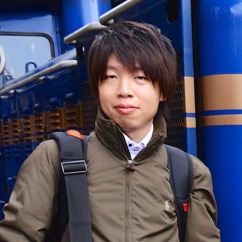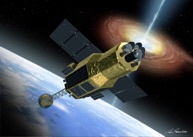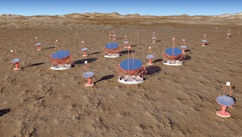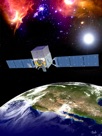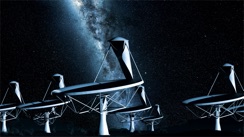I am currently an Associate Professor at the Dept. of Astronomy of Kyoto University. Before that, I was an International Top Young Fellow (ITYF) at ISAS/JAXA. I am also a Visiting Scientist at Kavli IPMU, The University of Tokyo. As an astrophysicist, I study the fascinating phenomena of stars that have exploded.
My work mainly concern the vast and complex network of physical processes in the final stage of stellar evolution, namely the remnants of supernovae. Supernovae and their remnants play a number of crucial roles in shaping the conditions of galaxies as we know today, including our own Galaxy. For example, they are believed to be responsible for the creation and ejection of chemical elements essential to the dawn of life, and the origin of cosmic-rays (charged particles traveling in outer space with extremely high energies).
While it is difficult to reproduce the extreme conditions in exploded stars and their interstellar surroundings in laboratories, electromagnetic radiation from radio waves to gamma-rays that contain critical information can usually be observed from these cosmic bombs through the eyes of ground-based and space telescopes. The recently surfacing neutrino astronomy also provides a new promising mean to study these objects.
My ultimate goal is to reach upon a coherent understanding of exploded stars through the synergy of numerical simulations and observational data. This quest requires a close collaboration between the stellar, supernova and supernova remnant communities.
To call myself a legitimate astronomer, I am a member of several international collaboration teams of space and ground-based telescopes, including Fermi Large Area Telescope (Fermi LAT), Cherenkov Telescope Array (CTA-Japan), ASTRO-H, and Square Kilometer Array (SKA-Japan).

